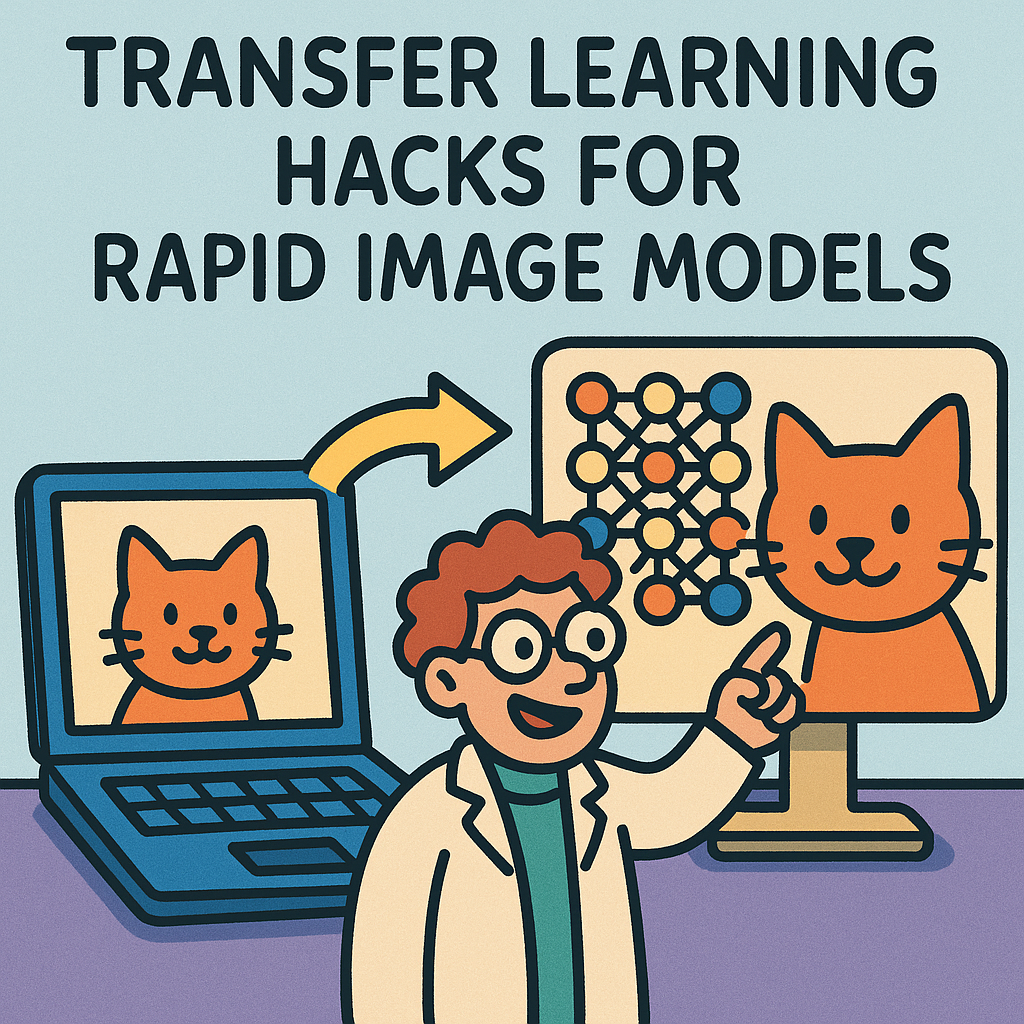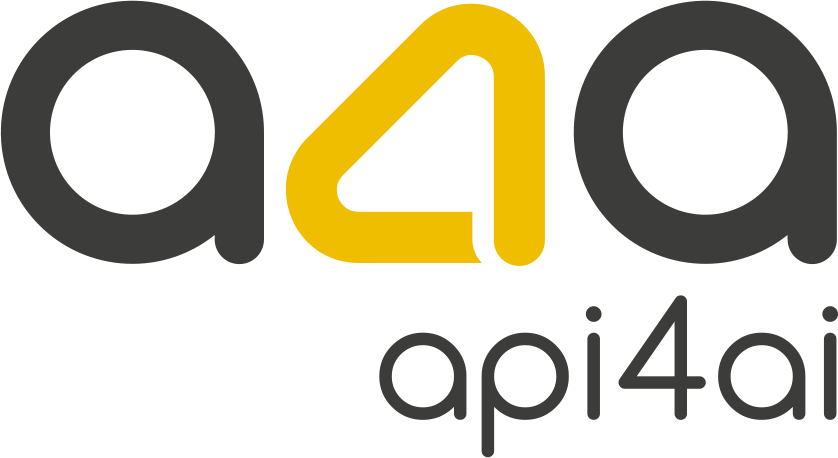
Transfer Learning Hacks for Rapid Image Models
Transfer learning has revolutionized the way we build image models — especially when time, data or compute power is limited. In this beginner-friendly guide, you'll learn how to fine-tune pre-trained giants like VGG, EfficientNet and CLIP to achieve fast, accurate results on small datasets. From smart layer freezing to real-world use cases in retail, agriculture and content moderation, we’ll show you how to build powerful vision systems without starting from scratch. Perfect for startups, solo devs or any team looking to do more with less.

From MVP to Production: A Complete Computer Vision Project Lifecycle
Bringing a computer vision model from a prototype to full production is a complex journey that goes far beyond just training an accurate neural network. A successful AI-powered vision system requires continuous refinement, real-world validation and seamless integration with broader software infrastructure.
In this post, we explore the complete lifecycle of a computer vision project, from data collection and iterative model training to deployment, monitoring and continuous learning. Along the way, we discuss key challenges such as uncertain estimates, evolving real-world conditions and the need for long-term optimization to maintain accuracy and scalability.
We also highlight the difference between ready-made APIs for quick deployment and custom AI solutions for businesses needing specialized performance and control. While off-the-shelf solutions can be a great starting point, investing in a tailored model often leads to higher ROI, reduced operational costs and long-term competitive advantages.
Whether you're experimenting with AI-powered image processing for the first time or looking to refine an existing solution, understanding the full lifecycle of computer vision is key to unlocking its true potential.
